Recently, the first China-Central Asia cultural tourism train, running from Xi'an in northwest China's Shaanxi Province to Almaty in Kazakhstan, began operations, signaling significant progress in tourism exchanges and cooperation between China and Central Asian countries.
China-Central Asia tourism cooperation has gained remarkable momentum, despite the fact that the global tourism industry continues to face uncertainties, including protectionism and geopolitical conflicts.
China has established mutual visa exemptions with Kazakhstan and Uzbekistan, while Chinese cities including Beijing, Xi'an, Chengdu, and Urumqi have launched direct flights to Central Asia. In particular, Xi'an has opened air routes to seven cities in the five Central Asian countries, making it China's most connected city to Central Asia by air.
This growing connectivity represents shared development opportunities and closer people-to-people ties under the Belt and Road Initiative (BRI).
Through systematic policy coordination, comprehensive connectivity, and wide-ranging industrial integration, China and Central Asia are forging a new paradigm for tourism exchanges and cooperation.
The first China-Central Asia Summit was held in 2023. The launch of special train services for cultural tourism in Central Asia is one of the key achievements highlighted in the summit's outcome list.
In addition to more direct flights, China and Central Asia are now more closely connected by rail and road than ever before, opening new possibilities for developing diverse tourism destinations and products.
Looking ahead, China-Central Asia tourism cooperation requires sustained efforts across three dimensions.
The first is to build a series of signature projects. It is essential to closely align tourism cooperation with the development strategies and relevant policies of Central Asian countries, fostering a multi-tiered, multidimensional, and distinctive model of collaboration.
By leveraging the unique strengths and characteristics of different countries and places and responding to the development needs of local governments and sister cities, China and Central Asia can jointly develop flagship projects with significant demonstration and spillover effects. These projects can make China-Central Asia tourism cooperation a "best practice" for aligning the BRI with the development strategies of various countries in the region.
The second is to boost internal forces driving development. Both sides need to further enhance transportation connectivity and facilitate tourism services, including visas and direct flights. Comprehensive systems for cross-border tourism safety assistance, dispute resolution, and insurance claims should be established.
Both sides need to build consensus on tourism service standards and promote tourism cooperation through the building of cross-border tourism cooperation zones and border tourism pilot areas. Market entities should be encouraged to jointly develop tourism infrastructure and explore supportive policies like cross-border investment and insurance.
China and Central Asia should co-develop tourism routes and launch more culturally distinctive cross-border tourism trains by integrating Silk Road cultural heritage with natural landscapes, railway routes, and cross-border driving routes.
By integrating tourism with other industries, both sides can introduce more dynamic products, services, and business models.
The third is to enhance the visibility of cooperation outcomes. Efforts must be made to translate policy documents in terms of China-Central Asia tourism exchanges and cooperation into real, tangible experiences for people.
Both sides should build a strong brand identity for the "Cultural Silk Road" and increase public participation and satisfaction in the "China-Central Asia Cultural and Tourism Capital" program.
A Central Asian proposal under the Asian tourism promotion plan should be formed as soon as possible to promote tourism exchanges and cooperation between places in China, including Xinjiang Uygur Autonomous Region and Shaanxi Province, and their Central Asian counterparts.











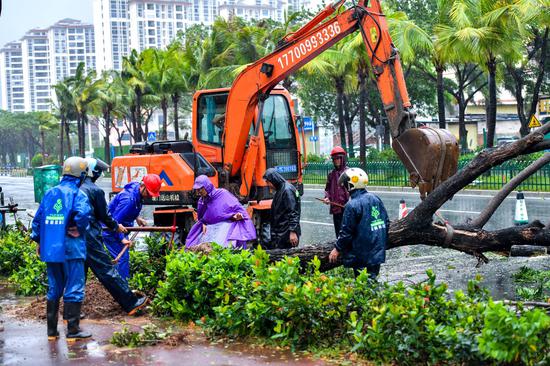

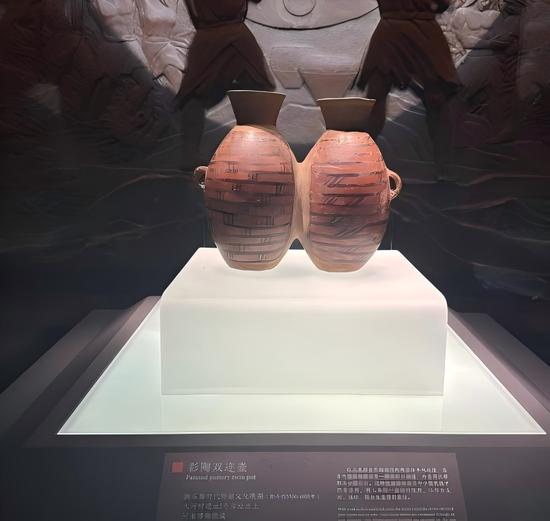
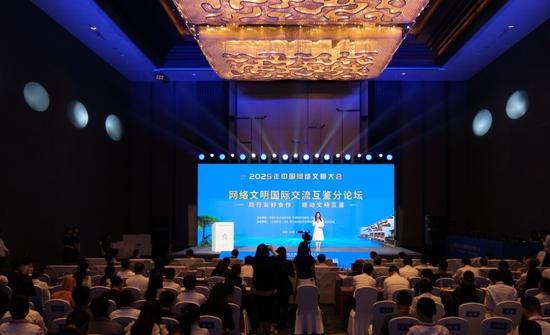









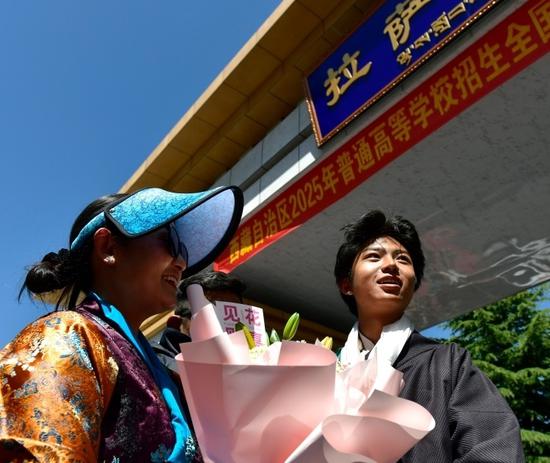











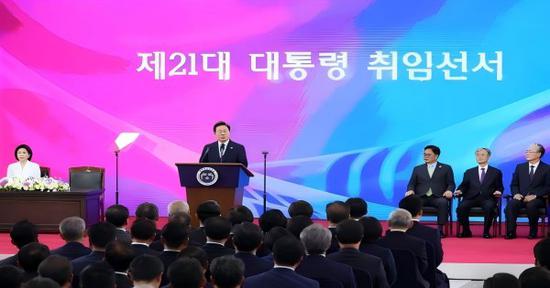
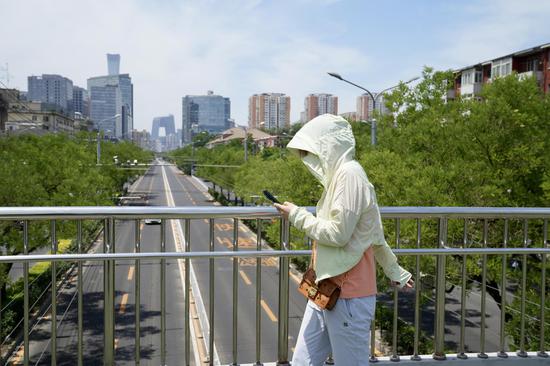

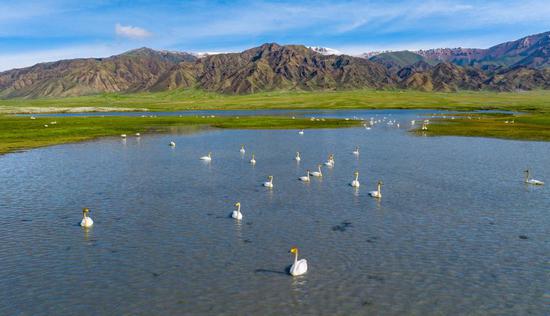

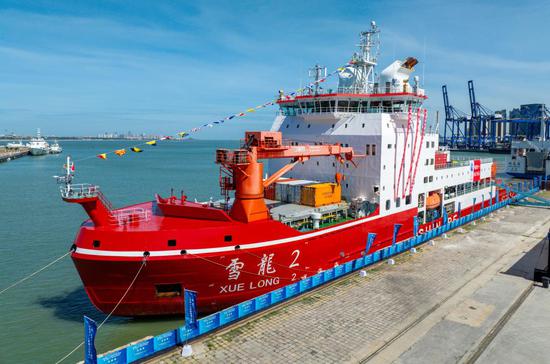


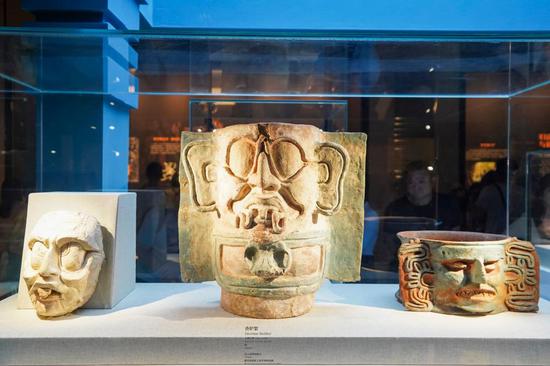

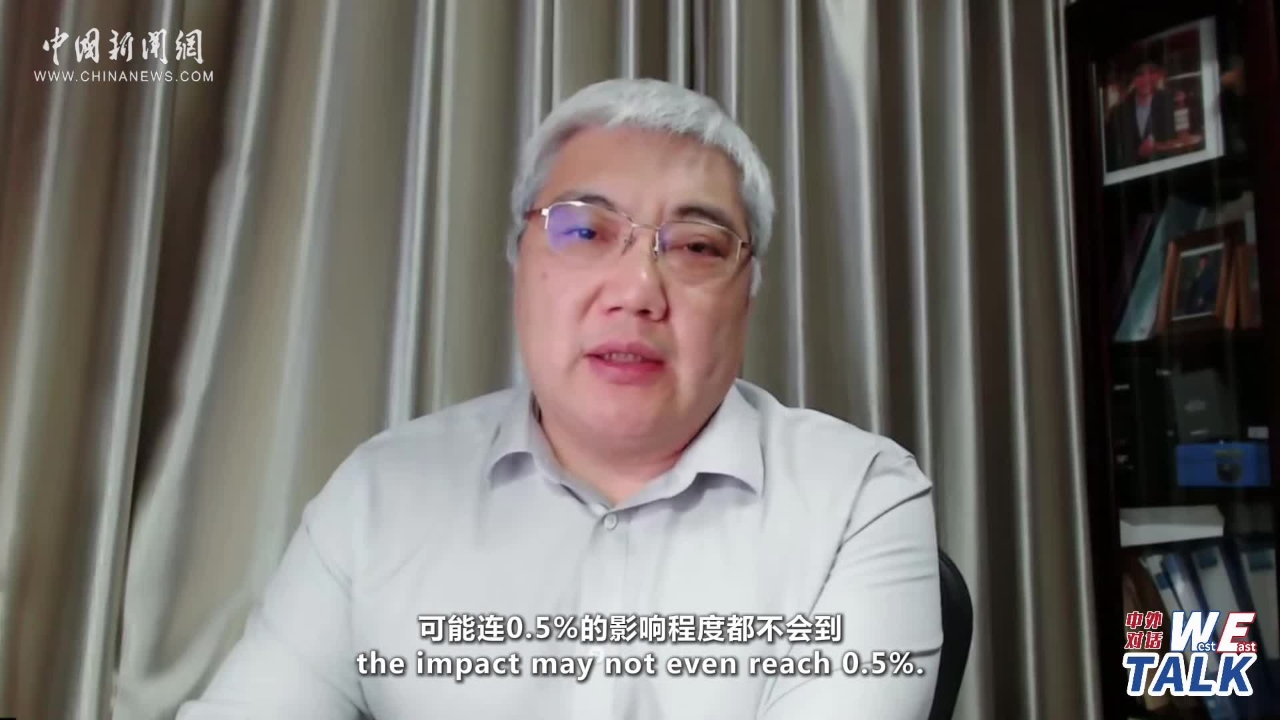


 京公網安備 11010202009201號
京公網安備 11010202009201號